A Digital Humanities Conference at the University of Rochester
Thank you to everyone who made Hard Coded Humanities, our first conference, a success. Find out more about the proceedings at https://hardcodedhumanities.wordpress.com.
A Digital Humanities Conference at the University of Rochester
Thank you to everyone who made Hard Coded Humanities, our first conference, a success. Find out more about the proceedings at https://hardcodedhumanities.wordpress.com.
THATCamp (The Humanities and Technology Camp) “unconferences” are informal and participatory events in which most sessions are group discussions, hands-on workshops, productive working sessions, or pop-up collaborations among participants. By following the model of a THATCamp, we hope to foster an open and spontaneous environment to engage an interdisciplinary group of scholars and practitioners. THATCamp Rochester will be organized around the intersections between digital technologies and the public’s experience of material objects in museums, archives, and new media. We also welcome sessions more broadly related to digital scholarship and pedagogy.
The University of Rochester hosted a featured speaker, Michael Phelps, on Thursday, March 22, at 5 p.m. Phelps directs a multi-spectral imaging project at St. Catherine’s Monastery in the Sinai Peninsula, Egypt where he uses digital technologies to recover damaged and previously unknown ancient manuscripts. St. Catherine’s Monastery has one of the oldest continuously operating libraries, founded in the fourth century. Phelp discussed his work as the director he Early Manuscripts Electronic Library (EMEL), and was present as an interlocutor at THATCamp on Friday, March 23.
THATCamp Rochester is a collaboration between the The Digital Humanities and Social Sciences program at the Rochester Institute of Technology, the Andrew W. Mellon Graduate Program in the Digital Humanities at the University of Rochester, and the Memorial Art Gallery.
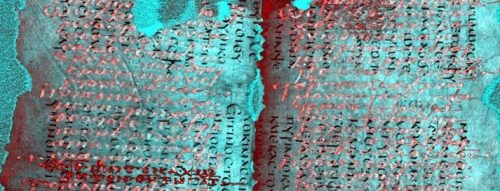
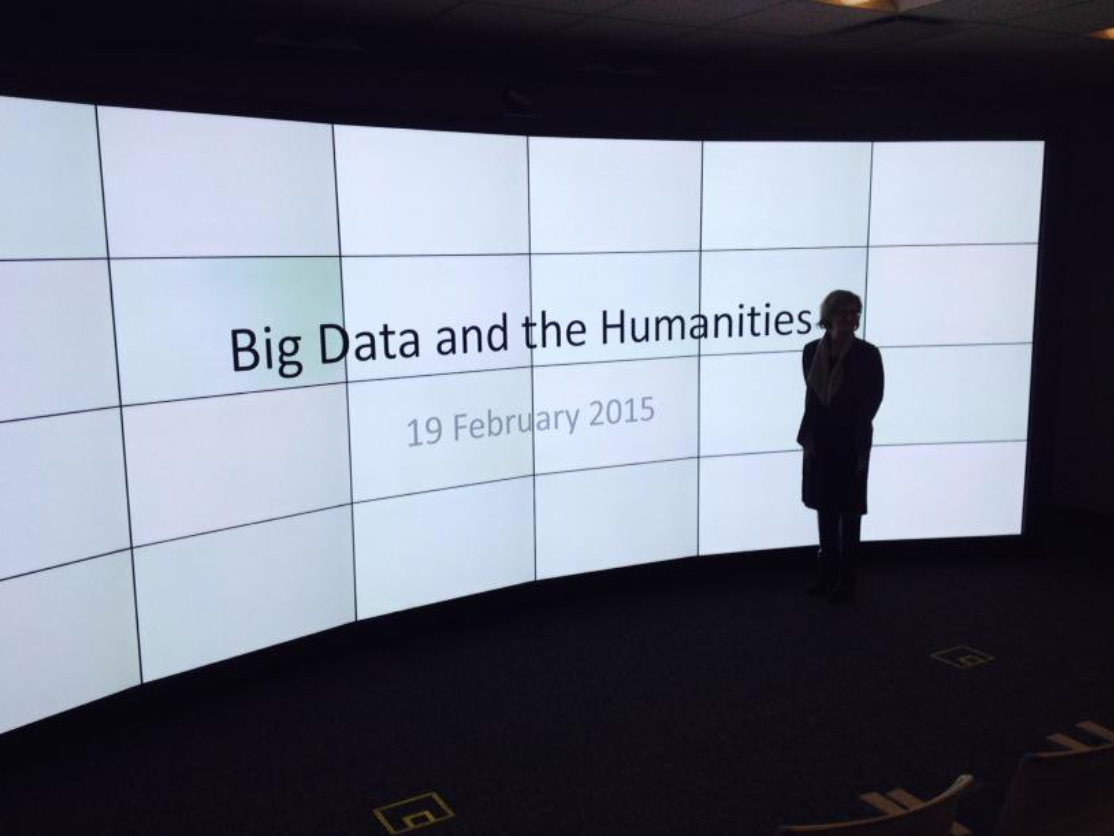
Tweets and pics from events by our first “Visiting Scholar in Digital Humanities.”
Excited to host @mandellc for a slew of digital humanities events this week @UofR! http://t.co/Cn4Iq23Hym pic.twitter.com/mSa3bjzNTe
— Eric Loy (@eric_loy) February 16, 2015
Yesterday's Vista Collabotatory presentation on big data #URMellon @mandellc @eric_loy @c_patrello pic.twitter.com/AVleGUW0Ip
— Serenity Sutherland (@serenitys37) February 20, 2015
.@mandellc on "Big Data [& Big Screens] & the Humanities." Hey look, it's the @BlakeArchive! #digitalhumanities @UofR pic.twitter.com/qDgPYeJuTu
— Eric Loy (@eric_loy) February 19, 2015
looking forward to day 2 of DH at University of @UofR @mandellc @ReEnvisionJapan #URMellon
— nora dimmock (@ndimmock) February 20, 2015
Panelists discussing digital preservation & "archives in between" #URMellon @eric_loy @mandellc @c_patrello pic.twitter.com/enQ2KwmRQ2
— Serenity Sutherland (@serenitys37) February 20, 2015
.@EastmanHouse's Daniela Currò presenting on digital film preservation at this morning's #URMellon panel. @UofR #DH pic.twitter.com/BFttLvBjdB
— Eric Loy (@eric_loy) February 20, 2015
Re-envisioning Japan @ReEnvisionJapan documents ephemeral tourist material from Japan #URMellon
— nora dimmock (@ndimmock) February 20, 2015
Jim Kuhn digital projects at UR allow grad and undergraduate students to participate in the preservation of our cultural heritage #URMellon
— nora dimmock (@ndimmock) February 20, 2015
.@mandellc is worried about "digital dark age" because of poor imaging for OCR projects. #URMellon #digitalhumanities pic.twitter.com/T5o6C065Eh
— Eric Loy (@eric_loy) February 20, 2015
.@mandellc's eMOP uses crowdsourced OCR correction to fix bad scans. #URMellon #digitalhumanities pic.twitter.com/lRfLXpKVzc
— Eric Loy (@eric_loy) February 20, 2015
—
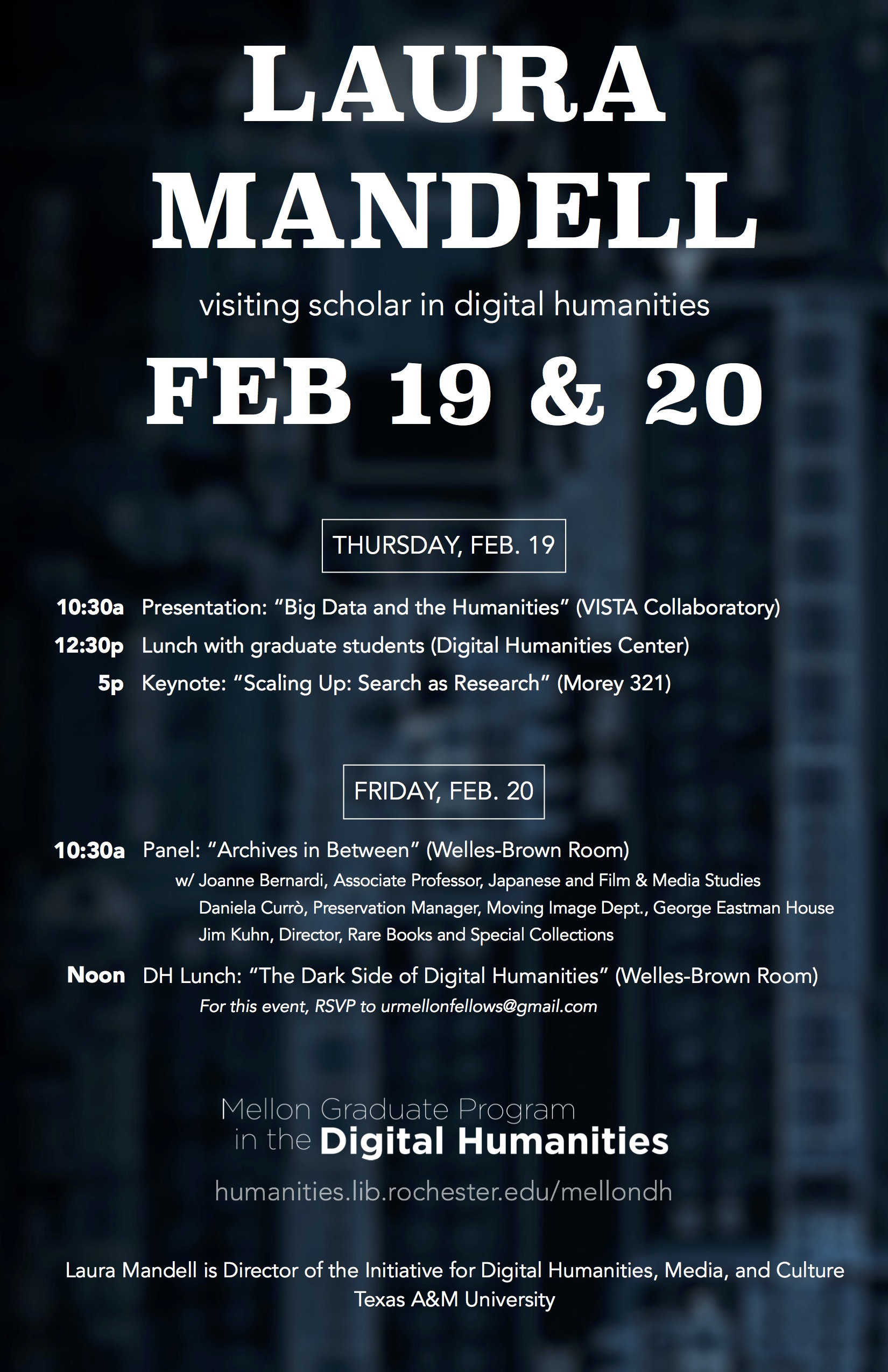
The Andrew W. Mellon Fellows in Digital Humanities are pleased to announce the February 19-20 visit of Dr. Laura Mandell, Director of the Initiative for Digital Humanities, Media, and Culture at Texas A&M University. Dr. Mandell is our first-ever Visiting Scholar in Digital Humanities. Her research focuses on visualizing poetry, developing software that will allow all scholars to deep-code documents for data-mining, and improving OCR software for early modern and 18th century texts via high performance and cluster computing. During her time in Rochester, she’ll lead and participate in several thought-provoking events that draw on her wide range of scholarly, pedagogical, and professional pursuits. We’re excited for her visit, and hope you can share the experience with us.
These events are open to the public.


The University of Rochester will host a featured speaker, Michael Phelps, in the Humanities Center Conference Room D on Thursday, March 22, at 5 p.m. Phelps directs a multi-spectral imaging project at St. Catherine’s Monastery in the Sinai Peninsula, Egypt.
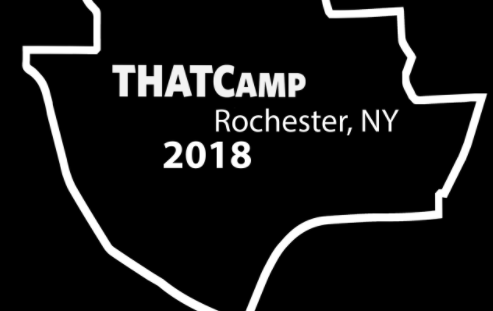
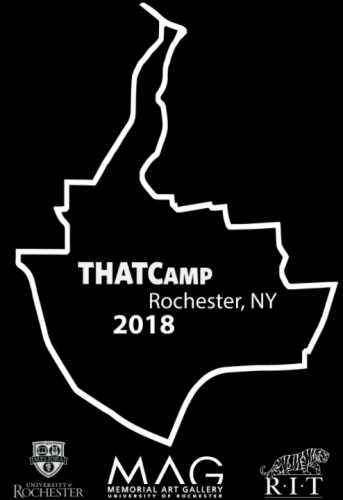
The Andrew D. Mellon Program is delighted to announce THATCamp Rochester 2018, a Digital Humanities “Unconference” created in partnership with The Digital Humanities and Social Sciences program at the Rochester Institute of Technology and the Memorial Art Gallery. THATCamp (The Humanities and Technology Camp) is an event that embraces an informal, spontaneous, inclusive and participatory style, a unique approach that encourages group discussions, practical joint workshops and on-the-spot collaborative efforts in the digital humanities.
THATCamp Rochester 2018 will be held at the Memorial Art Gallery, March 23rd, from 9.00am to 5.00pm. In keeping with the venue, participants are encouraged to (but not limited to) explore the role of material objects, archival materials and new and old media as experienced by scholars and the broader public.
Michael Phelps will give a keynote address at the University of Rochester on Thursday, March 22nd, at 5pm. Phelps will discuss his work as the director of the Early Manuscripts Electronic Library (EMEL) and multi-spectral imaging project at St. Catherine’s Monastery in the Sinai Peninsula. Phelps will also be attending THATCamp as a participant and interlocutor.
To be a part of THATCamp, participants are encouraged to register here and to visit the THATCamp Rochester 2018 website for more information.
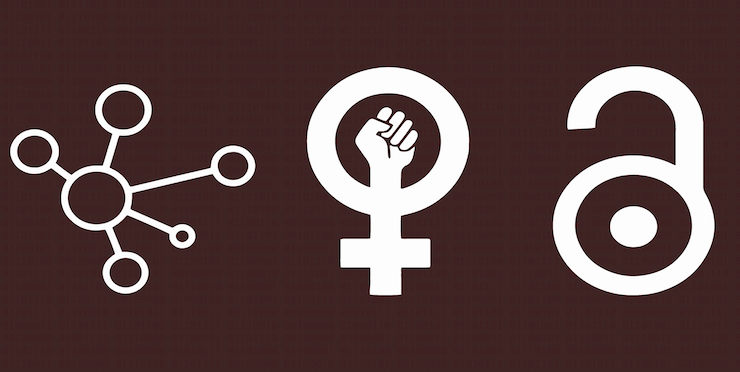
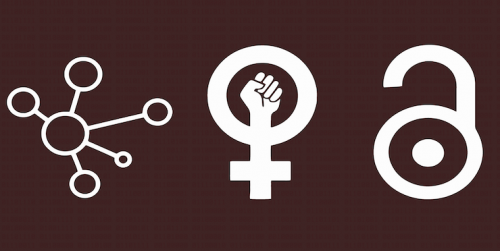
Lisa Nakamura, Professor of American Cultures, University of Michigan, Ann Arbor
Thursday, October 19, 2017
1pm
Gamble Room, Rush Rhees Library 361
Lisa Nakamura is the Gwendolyn Calvert Baker Collegiate Professor in the Department of American Cultures at the University of Michigan, Ann Arbor. She is one of the leading scholars in the field of critical digital media studies/digital humanities. From coining the concept of “cybertype” as distinctive ways that the internet propagates, disseminates, and commodifies images of race and racism, to locating the internet as a privileged and extremely rich site for the creation and distribution of hegemonic and counterhegemonic visual images of racialized bodies, Nakamura has significantly contributed to the theory of racial formation in digital cultures. Her publications include Race After the Internet (2011, co-edited with Peter Chow-White) and Digitizing Race: Visual Cultures of the Internet (2007).
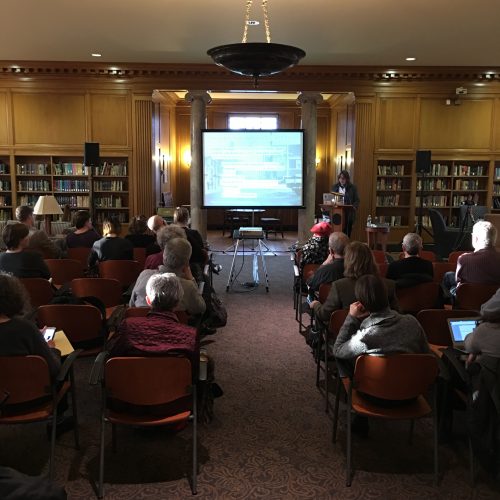
Dr. Victoria Szabo, Associate Research Professor of Visual and Media Studies from Duke University delivered the keynote lecture, entitled “Cultural Approaches to Digital Heritage,” to a group of engaged audience in the Welles-Brown room on March 2, 2017.
The word “cultural heritage” often invokes regressive politics and obsessive identification with one’s past, as historian David Lowenthal most famously contends “as hopes of progress fade, heritage consoles us with tradition.” Despite the antithetical relation between heritage and new technologies, Szabo’s keynote lecture offers a retort to the conservatism associated with the term. Specifically, by engaging the “Visualizing Cities” project in North Carolina and Italy, she explores how we tell stories about space over real time and how academics can inform “cultural heritage experience design.” Meanwhile, by experimenting with the lab model as the way in which to produce Digital Humanities scholarship, she also examines how traditional authorship could be questioned and restructured in this often collaborative and participatory process.
One example she mentioned is the use of Augmented Reality (AR) to juxtapose the history of Smith Warehouse with its current function as the Art & Art History Department at Duke University. Since Durham is undergoing processes of rapid gentrification, the site-specific experience provided by AR technology is especially meaningful. Because it gives the user a chance to see and indeed experience the space’s history as a tobacco warehouse which reminds the user just upon what our fortunes have been built. As she says,”in this case, the AR overlay experience becomes an opportunity to mediate or ‘haunt’ the location more visibly.” The most “haunting” example she mentions is perhaps the over-lay of a historic photograph from February 1969 when the African American Society occupied Duke’s administration building to advocate the need of black students which augmented a radical moment in the history of the Civil Rights movement with a recent protest against racism on campus. Needless, such juxtapositions is not only meaningful but also collapses space and time in space and time which reveals the cyclical nature and repetitiveness of history. Also mentioned in her lecture is the “Visualizing Venice” project which engages the city as a lab and offers the students and teachers an unusually productive pedagogical environment.
HumanitiesVisitingScholarVictoriaSzabo-030217
null
Harry Gu is a PhD student in Visual and Cultural Studies at the University of Rochester. He is a 2016-2018 Andrew W. Mellon Fellow in the Digital Humanities.
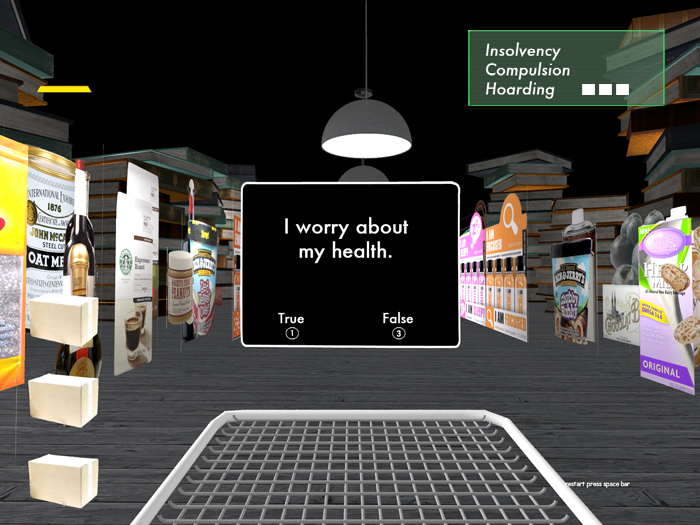
The term “psychasthenia” originated in turn-of-the-century psychology as a counterpart to hysteria, broadly recognizable in more contemporary discourse as introversion and extroversion, respectively. Where hysterics seemed overly sensitive to and affected by their experiences, magnifying their presence in the process, psychasthenics appeared to disappear into their surroundings, choosing to withdraw rather than react. Psychasthenia meant the trading of one form of integration for another: obsessing often uncontrollably about the outside world replaces the synthetic processes of attending and adjusting to one’s changing subjective experience.
In more modern psychology, the term has largely been supplanted by more clinical diagnoses such as OCD and long-term anxiety. This has created room for its uptake in more metaphorical realms. In social biology, it was used to describe the ability of some creatures to blend into their surroundings, the most obvious example being the chameleon, an animal that protects itself by appearing to become a part of its environment. In the 1930s, Roger Caillois took this usage and expanded it into a meditation on social and corporeal experience in modernity. Often, perhaps too often, the ability to blend in turns inward on itself and results in an inability to stand out.
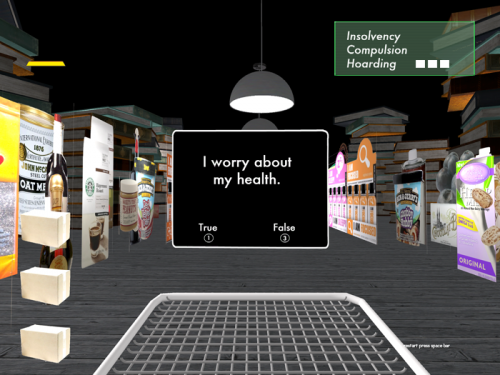
Psychasthenia 2 is an interactive artwork developed by Victoria Szabo and Joyce Rudisnky, a North Carolina-based new media artist. As they describe it on their website, the piece “explores the culture of psychological diagnosis and treatment within the context of a highly mediated consumer culture that often produces the ills it purports to treat.” During Szabo’s visit, we had the chance to view Psychasthenia 2 in the immersive setting of a 9-screen array, such that the game’s abstract and familiar mazes achieved a similarity to life size not usually encountered in video games. We thus moved through the game’s levels: historic and diagnostic psychological literature; the holistic marketplace of self-help books, medications, and binge eating; an alley of common fears; a coffee shop brimming with social anxiety; and finally the tedium of everyday “normal” existence.

The game is organized according to Maslo’s Hierarchy of Needs, a mid-century motivational theory that often appears in literary studies. This usage suggests something of the hierarchy’s tendency toward fiction, which figures in multiple forms in Psychasthenia 2 in the stories we tell ourselves in our quests for psychological help. What are we really afraid of? Will this book, this treatment, this attitude finally hold the key to self-actualization? Throughout the levels, one responds to intermittent survey questions modeled on self-diagnosis quizzes found in psychiatric practices and BuzzFeed articles alike. These questions push the player to maintain sight of herself despite the distractions or desirable escapes offered by the external world. And yet, as the game goes on, it slyly suggests that these questions might also function to imbricate us into the discourses they prop up, displacing a true sense of self-actualization with the document declaring it.

Playing Psychasthenia 2 was simultaneously fun and sobering. Particularly in the self-help marketplace, methods of seeking guidance that seemed at first easy to dismiss—reading, for example, I’m Ok, You’re Ok—quickly gave way to more socially acceptable but nonetheless still ameliorative strategies. But what was most intriguing about the game was its theoretical engagement with the medium of video games. To the extent that we might characterize the ailment of psychasthenia as being too immersed, Szabo and Rudinsky have selected the ideal platform for examining its diagnosis and treatment. Video games are in many ways distinguished from other media by their interactivity and even immersion, especially in the case of contemporary virtual and augmented reality technology. In this sense, Psychasthenia 2 provides a tool for thinking both about present-day psychological culture and for anticipating, and thus assessing, the ramifications of technology’s increased ability to disrupt and multiply our sense of reality.
Tracy Stuber is a PhD candidate in Visual and Cultural Studies at the University of Rochester. She is a 2015-2017 Andrew W. Mellon Fellow in the Digital Humanities.